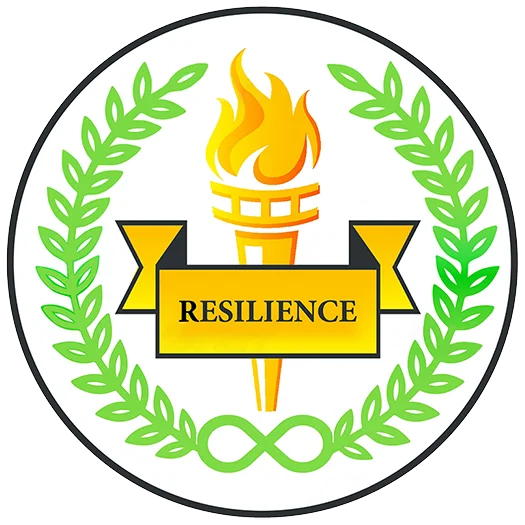Educational administrators and instructional designers alike for years have toiled away at figuring out what is best considered for integrating new methodologies for enhancing the efficacy found within any generated curriculum. This is seen largely as the educational community like the scientific community, being able to correct, then readjust its heading, in order for education of the future to flourish. One such example is seen through vast studies done on comprehensive motivational paradigms. Such studies have provided thelion’s share of data on experiential learning enhancements/advancements. However, in stark contrast, little focus has been placed on integrating social-emotional learning into the current paradigm in any holistic manner. Granted, as is the case with any paradigm shift; newer holistic implementation of greater improvements takes years before it has been thoroughly shown to be effective, only then is it widely accepted by the entire educational sphere proper. Despite whatever, “school of thought,” an educator might initially subscribe to, there are educational principles that are understood to be universally shared ideas. First, the current landscape of learners engenders greater differences in their learning routines than did students of the past. Hence, modern educators require an essentialist understanding of learner profiles across cultures; suggesting it to be a prerequisite to implementing a worldwide curriculum based on the spectrum of strengths found in learner perspectives from across the world. Second, most educators find that there are two major lenses through which we understand curriculum construction. That is, by and large, educators either see it as instructionists, or they are constructivists when it comes to laying down the educational foundations to each of their classes.
With all of that said, too often people stumble on a false premise that any well-read educators solely subscribe to any single, “school of thought.” Rather, most are what has been dubbed, “compatibilists” meaning they take mixed approaches. Why? Because this allows them to find what commonalities are made compatible with their own group of learners, tailoring it to address their most immediate learning needs. Furthermore, social-emotional learning will work as a key bridge between all the different approaches. As it is, SEL cultivates socially resonant learners who are more resilient than most other learners, they can rebound from failures and improve themselves, instead of wilting away in times of absolute adversity. Another key facet that SEL brings to the forefront the areas that need to be advanced in the current university model. Education of the future that integrates SEL will equip students with the right skills and knowledge to better the world. That is, they will better understand values all be more and more derived from human interaction and the ability to socially reinvent over more material learning aims such as machine learning. As futurist Richard Watson remarks, “social astuteness being integrated into foundational knowledge will grant more up-to-date skills where students internalize broader perspectives, providing students with future-proof skills of lifelong learning through the ethos of larger social communities, instead of just getting them ‘job ready’.
Taken together, lifelong learning coupled with social-emotional learning can be seen as the model student of the future. The SEL template in education should be more seriously considered by instructional designers and educators alike as it could be the new foundation for, “well-roundedness.” The properties of SEL produces rich transversal, social foundation for, “well-roundedness.” The properties of SEL produces rich transversal, social and entrepreneurial skills, such as focus group collaborations, initiative-taking, team-leading exercises, accountable learning planning, so on and so forth. Not only will such skills have an inexorable demand in future workforce, but they will be defacto integrated wholly into the curriculum, as it will be very important to engender such skills earlier on in the future due to it being virtually impossible for such skills to be automated. Also, curriculum construction with an emphasis on SEL would easily allow freshly graduated students to mix and mingle more fluently with professionally experienced individuals. In so doing, greatly altering the current classroom dynamics, perhaps for the best. In sum, SEL project based learning inculcates heterogeneous learners reflecting on realities that call for more socially malleable students driven by an intrinsic desire to learn in order to first better appreciate, then understand all walks of life.

